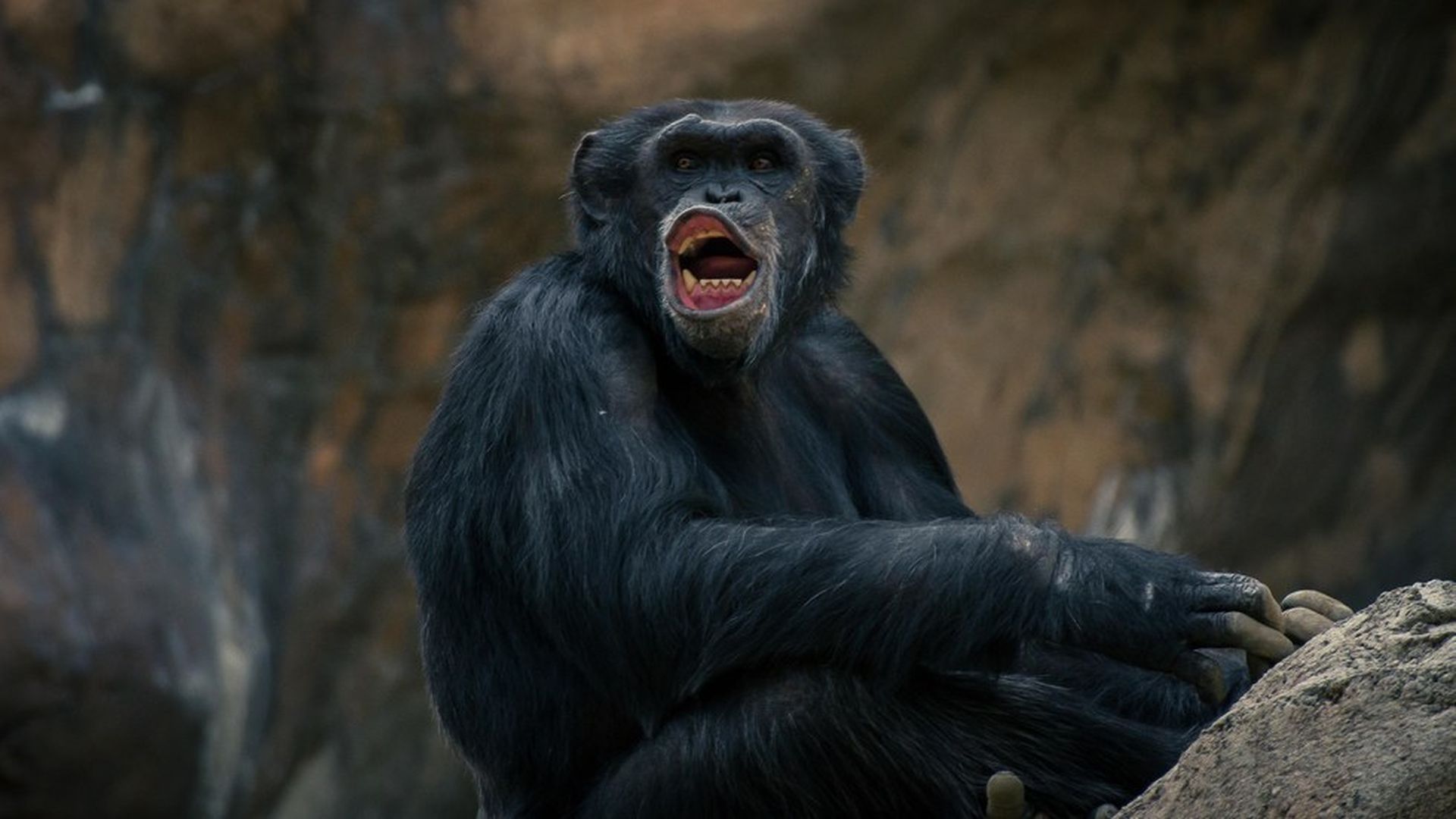

Fossils lack tendons and ligaments, of course, but traces of their attachment points are sometimes present, and the characteristics of the missing tissue can be inferred by comparing how the attachments fitted with the rest of the animal’s anatomy. Tom MooreBramble and Lieberman point to a number of features, preserved in fossils, that imply Homo adapted to a bouncy gait-whereas Australopithecus stuck with walking. In contrast, a runner bounces along, aided by tendons and ligaments that act as springs, which alternately store and release energy. A walking person, aided by gravity, acts as an inverted pendulum: the hip swings over the planted foot. But running and walking are mechanically different gaits. Although humans share the ability with some other groups, such as wolves and dogs, hyenas, wildebeest, and horses, we alone among primates can run long distances with ease.īut what evidence can support the idea that endurance running by itself gave early humans an evolutionary advantage, and that it wasn’t just “piggybacking” on our ability to walk? Many traits, after all, are useful for both activities long legs, for instance, and the long stride they enable, are helpful to walking as well as to running. Good endurance runners are rare among animals. That same recreational jogger could keep up with the preferred trotting speed of a thousand-pound horse. A quadruped of similar weight, about 150 pounds, prefers to run a mile at a trot, which takes nine-and-a-half minutes, and would have to break into a gallop to keep pace with a good recreational jogger. Moreover, we run long distances at fast speeds: many joggers do a mile in seven-and-a-half minutes, and top male marathoners can string five-minute miles together for more than two hours. If you’ve ever chased a cat that’s trying to avoid a bath, you have every right to conclude that, for our size, we humans are pretty poor runners.


 0 kommentar(er)
0 kommentar(er)
